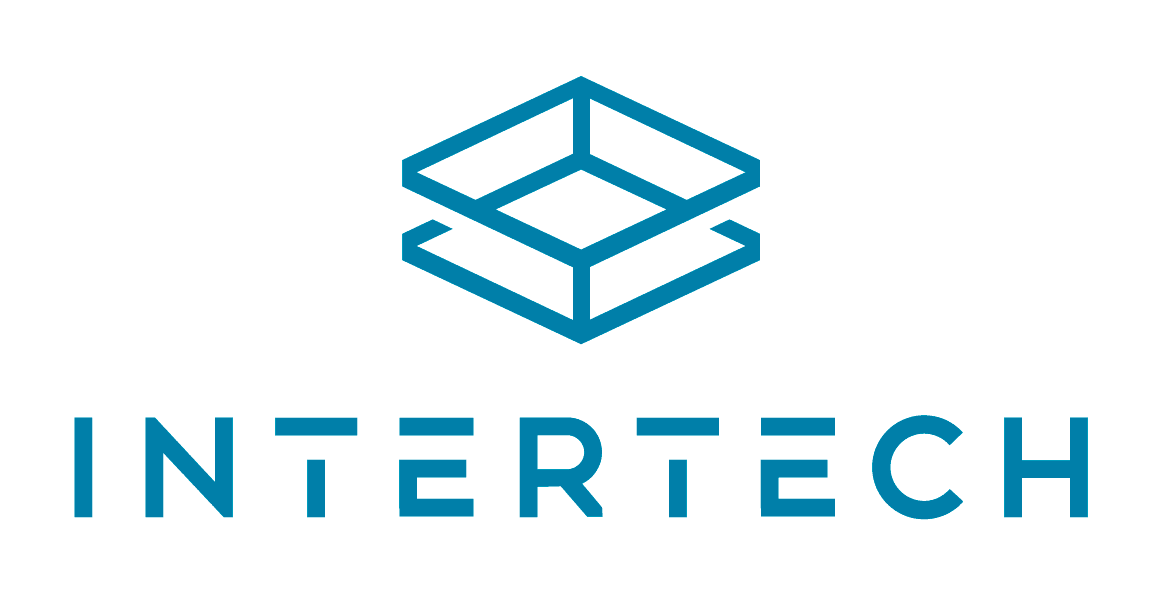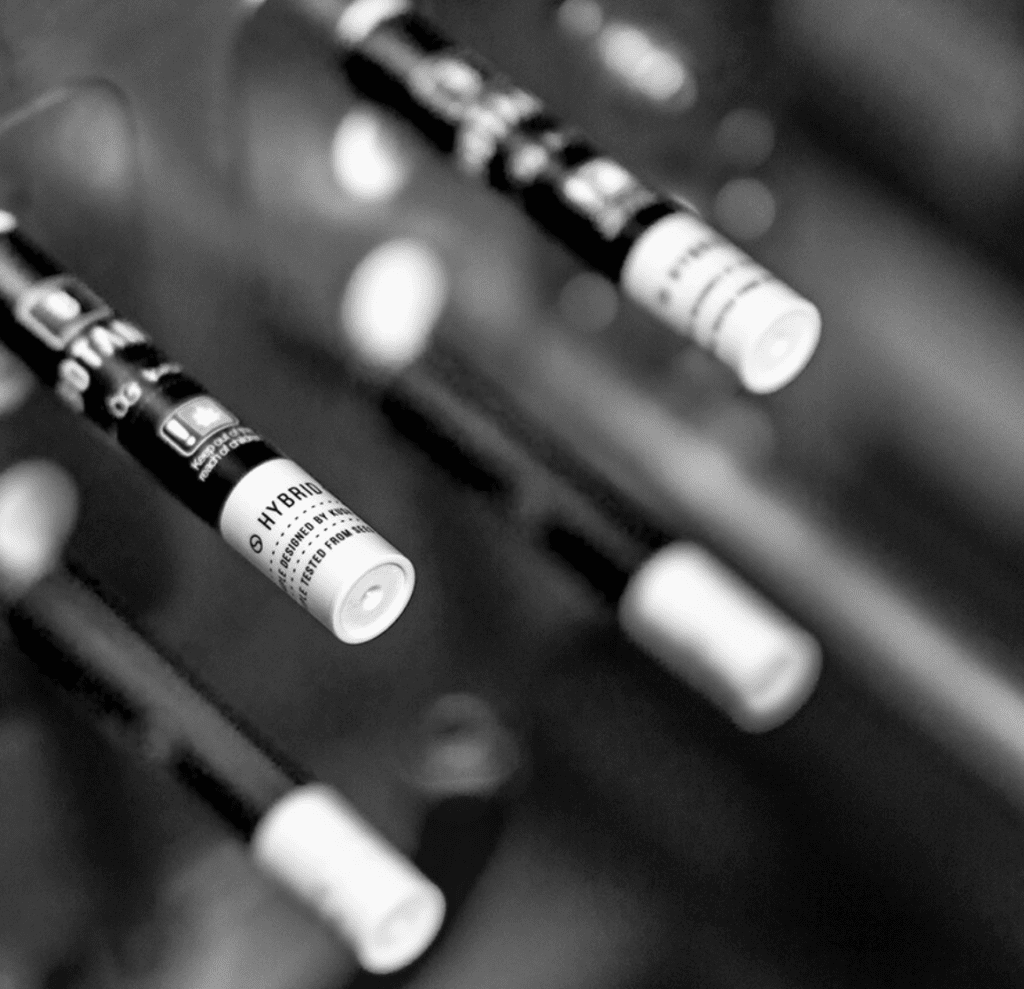A product’s packaging is critical to its success – ask any marketer, in any industry. Why? Because without it, you have no idea what’s inside. Is it a bottle of water or bleach? Does it contain anything I’m allergic to? The questions could be endless.
In addition to telling a consumer what they are buying, a product’s packaging plays an important role in their purchase decisions. It should grab people’s attention while identifying the brand, communicate the product’s value and convey detailed information. So, setting your product apart with visually pleasing and informative labeling makes sense, right?
In-Mold Labeling
The use of in-mold labels (IML) has been in North America for more than a decade. Today, its use is increasing in many industries. Why? Increased demand for brand recognition on products, environment-friendly labels and packaged food and beverages are the key driving factors. In fact, the IML market is forecasted to grow to $4.06 billion by 2025 (source: Coherent Market Insights).
So, why IML? First and foremost, it’s a one-step process where labels are printed and inserted into a mold during the molding cycle – making it nearly impossible to remove a product’s label. And in the food and beverage industry, the quality of IML packaging helps preserve products. Let’s look at some additional benefits:
- Cost Savings – IML is extremely price competitive because it’s a one-step operation, there’s no secondary step, equipment or people required to print and/or add the label, making it an extremely efficient production process.
- Branding – IMLs take the place of off-set printing and allows for more sophisticated artwork versus an adhesive label. They are popular in injection molding applications because they provide a three-dimensional effect and are available in a variety of styles – gloss, matte, double-sided, 5-color, 7-color and more – providing companies the flexibility and diversity to accurately communicate its brand through product packaging. And the improved aesthetics (clear photographs, enhanced illustrations) and elimination of bulging and blistering provided by IMLs can positively impact a product’s shelf appeal.
- Sustainability – At Intertech, IMLs are made of polypropylene, the same material used to make the molded product, so biodegradation can begin immediately. There is no need to remove the label, which is the case when an adhesive label, made of a different material, is affixed to a product.
Like most things, IML has evolved over time thanks to advancements in mold and automation technology. Reduced cycle times, different cooling methods and gate placement are some of the factors that have eliminated problems encountered during the onset of IML and made it a viable option.
Though primarily used by the food and beverage industry, which accounted for 44.5% of the market in 2018 (source: Fior Markets), IMLs are now seeing an increase in industrial, medical and consumer products. It’s an ideal and viable option for any type of packaging from caulking tubes and paint buckets to medical containers.
Want to learn more about IML for your product packaging? Intertech can provide solutions for your existing tools, in any plastic. Contact us for more information.

